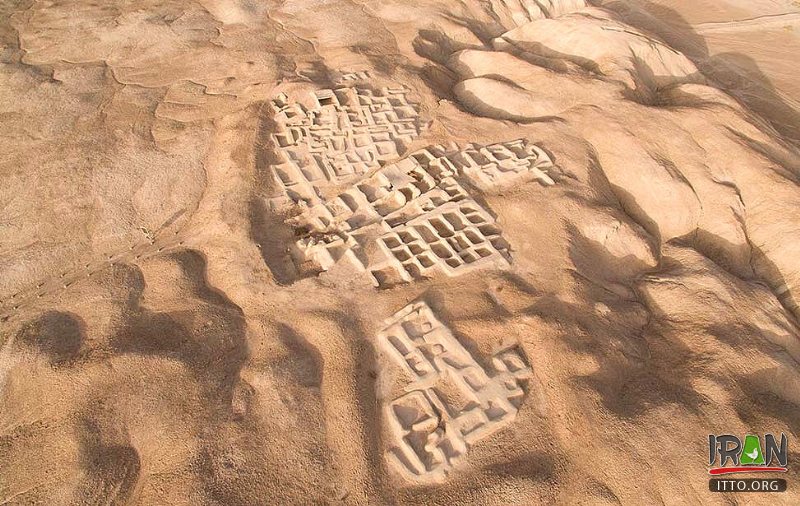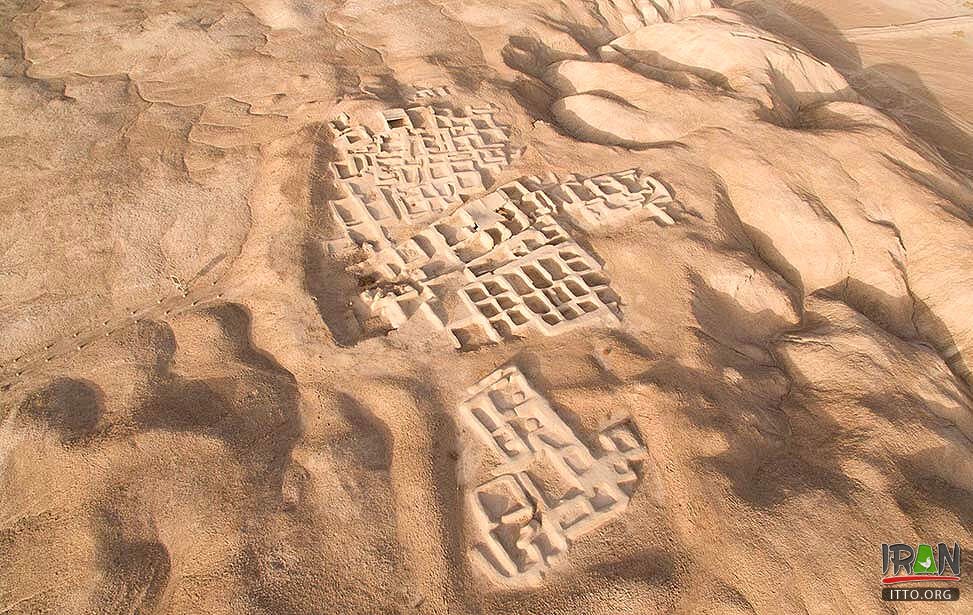The 5,000-year-old monkey skeleton that was found in Shahr-e Sukhteh (burnt city) in eastern Iran, Zabol, was put on display in the southeastern local museum for the first time, a provincial tourism official said.
“The monkey had been five years old when buried,” said the deputy head of Iran’s Cultural Heritage, Handicrafts and Tourism Organization of Sistan-Baluchestan Province, Mehdi Arbabnia, adding that monkeys have been a sign of aristocracy in Shahr-e Sukhteh.
Arbabnia said that the monkey was buried like a human child, which shows the status of the animal. A glass was found; it was most probably used for drinking, which shows that the monkey had been a pet.
The discovered skeleton belongs to monkeys of Eastern Asia, which is very rare, too, he said.
The monkey and the statue of the woman who owned the famous artificial eye are put on display on the occasion of International Museum Day (May 18).
Covering an area of 151 hectares, Shahr-e Sukhteh was one of the world’s largest cities at the dawn of the urban era. In the western part of the site is a vast graveyard, measuring 25 hectares, which contains between 25,000 and 40,000 graves.
The settlement appeared around 3,200 BCE. The city had four stages of civilization and was burnt down three times before being abandoned in 1,800 BCE.



